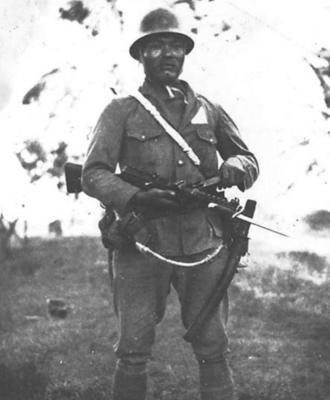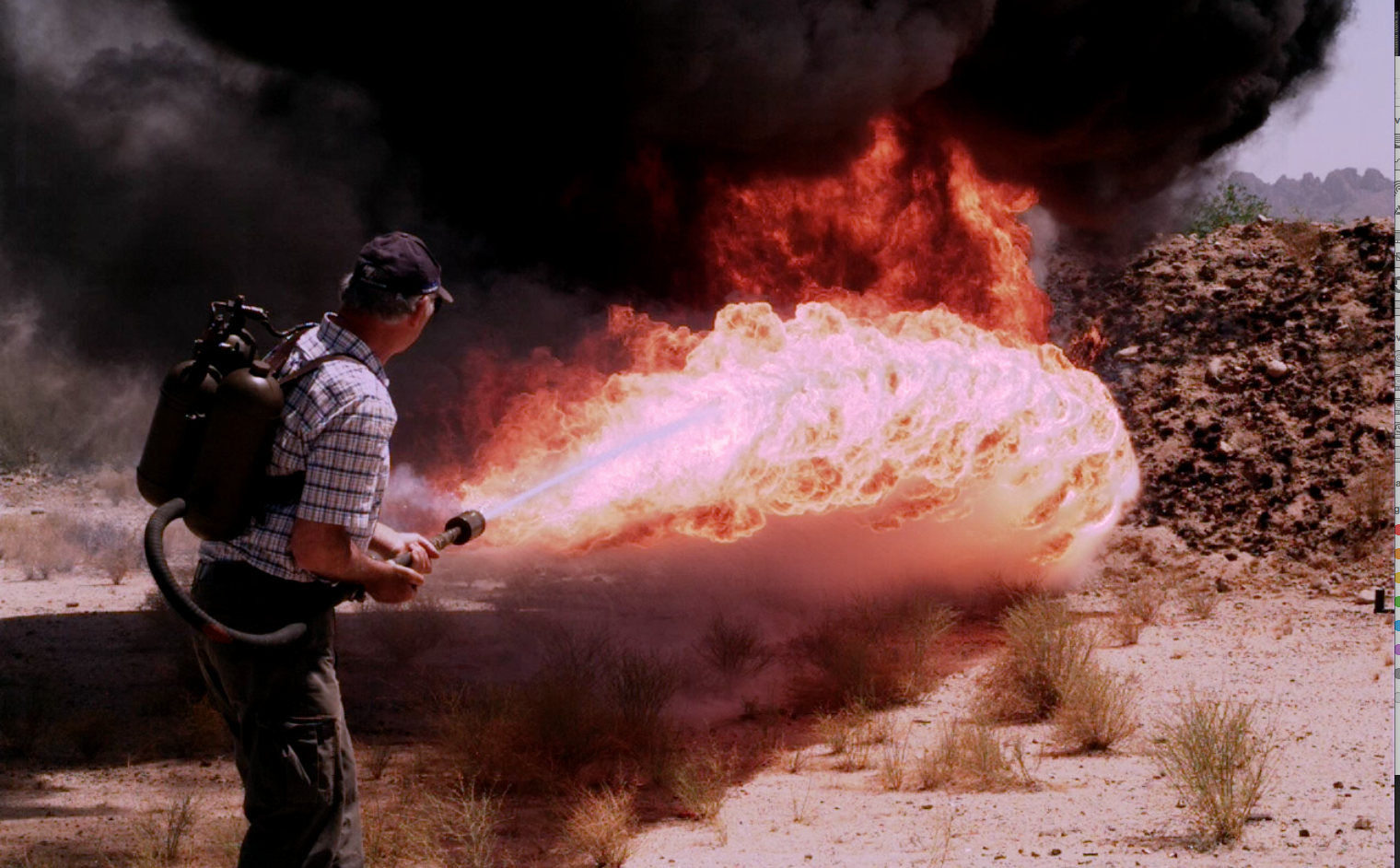
I wouldn’t want to run into this guy in a dark alley…

I wouldn’t want to run into this guy in a dark alley…

The Japanese Type 93 and its slightly-improved sister the Type 100 were the standard flame weapons of the Imperial Japanese Army for its fighting in China and the Pacific. They are a smaller and handier […]

Thanks to the hospitality of the National WWII Museum in New Orleans, we had a chance to examine and disassemble a Japanese Type 11 light machine gun. This is, of course, the very unusual hopper-fed […]

Kojiro Nambu, one of Japan’s most prolific arms designers, developed the Type 11 light machine gun as an adaptation of his previous Type 3 HMG design. The Type 11 uses a distinctive hopper feed, and […]
© 2025 Forgotten Weapons.
Site developed by Cardinal Acres Web Development.

Isn’t that a Steyr mp 34 (Solothurn SI 100)?
Not according to my new copy of Max Popenker and Tony William’s book. The Japanese bought a Swiss-made Bergmann with a side cocking handle and bayonet lug – looks exactly like the one in this photo.
Well they bought Bergmann 1920’s, but this has a hooded/protected front sight and although both the si 100 and bergmann have a left side magazine this pic shows the gun with a cilinder shaped ” thingy” on top of the barrel just before the magazine housing and there is that hole in the housing for recharging a magazine.
I don’t want to run into him in a well lit alley!
No way a Bergmann, not with this perpendicular hinge across the upper receiver. There were as many as three MP 34s in Germany: EMP 34 (a factory designation), MP 34/I Bgm (a factory designation) and MP 34 o(official captured materiel designation), the latter being a Steyr S1-100. Maxim isn’t the first author to mix all three 🙂 Steyrs were exported to China – where this one was probably captured by the samurais.
I defer to Leszek’s subgun expertise, and have changed the caption. Thanks!